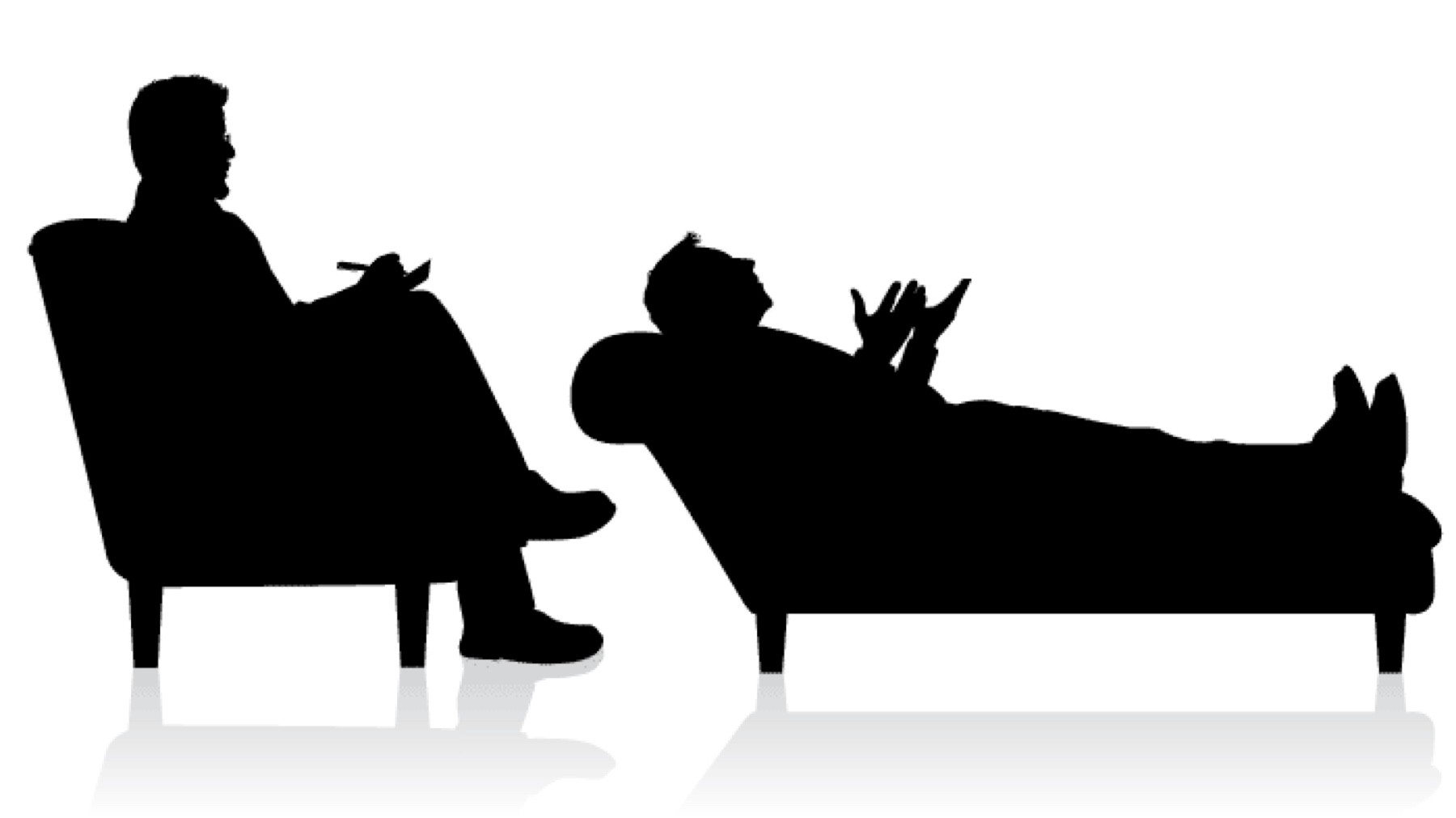Webb Therapy is a casual, talking therapeutic process that employs a number of modalities to support people who are experiencing anything, and want to talk about it. Webb Therapy is both a mobile and office-based counselling service. This means we will do out reach sessions in a space where you feel comfortable or you can come to our office at Kogarah.
Webb Therapy works with people for a long as required. Our mission is to provide a therapeutic service that attempts to identify and resolve the root causes of psychological dis-ease, dysfunction, distress, and/or maladaptive behaviour. Our aim is to increase self-awareness and make sustainable changes to the self where necessary or desired. This may include:
- improving relationships with yourself and others
- improving your ability to function in the world effectively
- achieving goals
- learning new ways of thinking
- letting go of old habits and generating new ones
- psycho-education
- learning cognitive and behavioural skills to decrease the intensity, duration, and/or frequency of unwanted emotional experiences using emotion regulation, mindfulness, distress tolerance, and interpersonal effectiveness skills (DBT)
Webb Therapy has industry experience working with recovery and manageability of addictive behaviours, mood disturbances (e.g., anxiety and depression), and general stress / life challenges.
If you’re not sure what you’re experiencing and simply want someone to talk to, I’d encourage you to make an appointment. Many people we have spoken with begin by saying “I’m not sure why I feel this way” or “There just feels like something is missing” or “I wish I could stop doing ….” etc.
Please Phone 0488 555 731 to schedule a booking.
Price: $120.00 for a 60 minute session.

